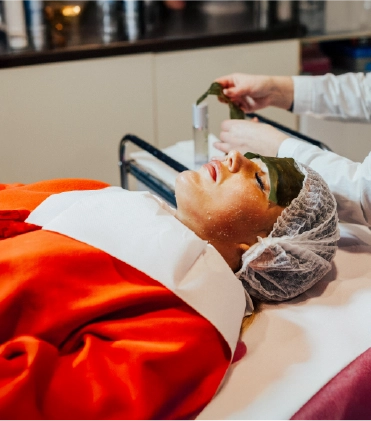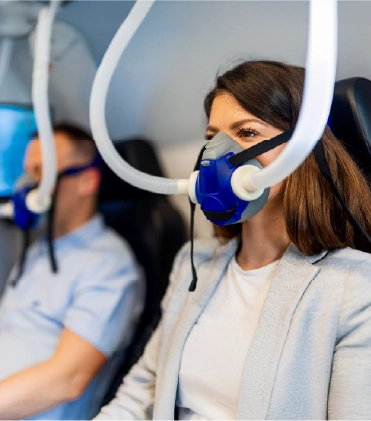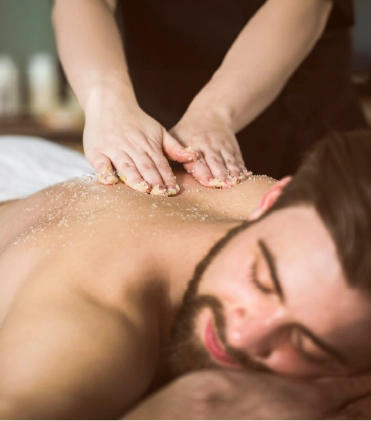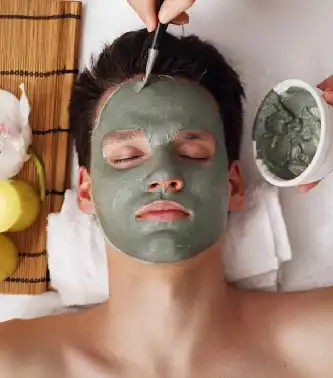What is the treatment?
Ozone therapy is a medical treatment in which a highly reactive form of oxygen is used to treat many conditions such as to treat infection and various inflammatory joint diseases. Ozone consists of three molecules of oxygen instead of two which we use to inhale. The ozone gas can be very harmful for breathing as it can lead to irritation and worsening of the shortness of breath. Ozone therapy is basically used as an injection, topical application, or direct introduction into the cavities of the body. The therapy works by increasing oxygen levels in the blood, improving circulation, and enhancing the ability of the immune system to fight infections.
Philosophy/Origin
Ozone therapy was started in the early 20th century and was also used during World War I to disinfect wounds and accelerate healing. After that, ozone therapy has been used in various parts of the world including Europe as a complementary treatment for various health issues. The main philosophy behind ozone therapy is to use oxygen molecules to stimulate the natural healing processes in the body. It helps to improve oxygen utilization and eliminate pathogens.
Physical Benefits
Mental/Emotional Benefits
Long-Term Wellness
Regular ozone therapy sessions may help manage conditions such as diabetes, cardiovascular disease, and autoimmune disorders by improving circulation and increasing the repair of cells. Ozone therapy supports the natural detoxification process of the body by neutralizing free radicals and improving the elimination of toxins.
Ideal Audience
Individuals who do not prefer medications for their chronic conditions such as autoimmune disorders, arthritis, or cardiovascular issues can be treated with ozone therapy. Ozone therapy can be used in athletes to improve recovery and energy levels but it is still controversial because of the limited evidence of the therapeutic effects of ozone.
Specific Conditions
The treatment of ozone therapy involves the following steps
Consultation
During the consultation, a thorough assessment is conducted to determine the suitability of ozone therapy for each individual. The medical history, current health conditions, and treatment goals are carefully discussed to understand the requirements of the patient.
Preparation of Ozone
Ozone is generated using a specialized ozone machine, which converts medical-grade oxygen into ozone gas. The concentration of ozone used in the treatment usually depends on the method and the specific condition being treated.
Administration Methods
There are several methods of administering ozone therapy:
Duration of Treatment
Ozone therapy sessions may range from 30 to 60 minutes but it can vary according to the method of administration and the specific needs of each individual. Sometimes, more than one session is performed.
What to Expect
During ozone therapy, the treatment method of ozone therapy affects how it feels. For injections or IV treatments, the patient might feel a little discomfort at the injection site or during the infusion. With autohemotherapy, the blood is drawn and put back in without much pain. Insufflation treatments are usually painless, but some people might feel a little discomfort. Many patients say they feel more energetic or clear-headed right after treatment, while others may feel relaxed.
Immediate Effects
Long-Term Effects
Ozone therapy can help people with long-term health issues such as autoimmune diseases or cardiovascular problems. It promotes cellular regeneration and improves blood circulation, which can lead to better skin health and a more youthful appearance over time. Ozone treatments can also help cleanse the body from harmful free radicals which helps to improve overall health and disease prevention.
Before the Treatment
Before the session, it is best to drink plenty of water to help the body manage the effects of ozone. If a person has medical conditions, then it is very important to undergo a thorough health assessment. This will help the practitioner to plan an individualized treatment of ozone therapy.
Aftercare
After the treatment, it is important to rest and let the body process the therapy. It is recommended to avoid physical activity after the session. Drinking plenty of water after the session can help to flush out toxins and support the detoxification process. Some people may feel tired or experience flu-like symptoms after the first session. These symptoms usually go away within a day or two and are a sign of detoxification.
Ozone therapy is performed at specialized clinics and alternative medicine centers. It is part of integrative medical practices and is used alongside conventional treatments. In some countries, ozone therapy is regulated and widely accepted, while in others, its use is more limited. Ozone therapy should be performed under the guidance of expert practitioners who are easily available at Wellencia for their quality services and therapies.









